Resilience: It’s Not Just for Rivers
Here's how integrated water management can lift up communities and address historical injustices.
Originally published by River Network in the January 2017 Issue of River Voices.
What’s in a river?
That which we call a river, by any other name, would still be a bunch of water, critters, nutrients, and pollutants flowing downhill. Some people see a river and feel a sense of peace and relaxation. Others may see a drainage canal. A highway engineer may see a barrier to transportation while a boat captain sees a means of transportation. An ecologist sees a hotbed of biodiversity. Still others may see the entire footprint of our civilization, as the rain touches every bit of the landscape before joining forces as a river. Indeed, a river is all of these things.
To ensure that rivers continue to provide these important services, we must recognize all the benefits of water, and acknowledge that trade-offs occur as society marches forward. The recognition of these trade-offs and the distribution of benefits is often referred to as integrated water management.
Integrated water management has been described as pragmatic, adaptive, elastic, holistic, essential, costly, time consuming, challenging, unwieldy, a welcome aim, a Nirvana concept, and accepted internationally as the way forward. Despite this amorphousness, most practitioners agree on a few core principles, including:
- Water should be managed in a less fragmented manner,
- Improved collaboration is at the heart of an integrated strategy, and
- The end-goal is to improve the environmental, social, and economic conditions in an equitable and sustainable manner.
American Rivers is focused on implementing practical approaches to integrated water management which build on these core principles. Whatever you call it, many of us practice integrated water management every day.
These questions are informing our advocacy for green stormwater infrastructure around Turner Field, former home of the Atlanta Braves.
Beyond the Braves: The Future of Turner Field
The historically black neighborhoods surrounding Turner Field have endured decades of infrastructure-driven injustices. Projects such as interstate highways and stadiums have transformed a once-thriving neighborhood into a vast sea of parking lots and roads – displacing residents, small businesses, and jobs, and causing major flooding in residential neighborhoods immediately downstream.
In the wake of the Braves’ exodus, the Turner Field Community Benefits Coalition (TFCBC) surveyed almost 1,000 neighborhood residents, and determined that “A well-integrated, mixed use development” tops the list of community desires. The #1 answer to the question, “The New Development Should…” was “…manage stormwater.”
After discussing these results with the TFCBC, American Rivers considered how the benefits of green stormwater infrastructure (essentially, using plants instead of pipes to manage rainfall) could address several of the community’s top priorities beyond just managing stormwater. From there, American Rivers joined a highly anticipated visioning process known as the Livable Centers Initiative and spent the next few months attending meetings and workshops, speaking with urban planners, transportation engineers, community groups, water professionals, and various government entities. We conducted research across the country to demonstrate what others are doing, and then we developed two feasibility assessments for green stormwater infrastructure implementation as part of the Livable Centers Initiative vision.
WATER Communities
Here, ECO-Action enters the story. ECO-Action is a local non-profit focused on issues of environmental justice, and an active member of the TFCBC. American Rivers partnered with ECO-Action to develop a course for community members—the Watershed Advocate Training for Empowered and Resilient Communities, or, WATER Communities. We held monthly meetings which included lectures and discussion led by expert speakers on subjects ranging from infrastructure and environmental justice to advocacy and community organizing. As Turner Field is redeveloped, it will be crucial to have many advocates standing strong for their neighborhood.
Today, several months after the conclusion of the WATER Communities course, the trainees continue dialogue amongst themselves and are organizing to discuss the best ways to apply the knowledge they received during this course. American Rivers, along with ECO-Action and a WATER Communities graduate, will share more about this training model during the 2017 River Rally workshop, Equitable Urban Planning for Resilient Communities.
One Point Eight Inches
Nothing reflects the integrated nature of this project like that little number. After all the listening and talking and research, American Rivers recommended that the first 1.8” of rainfall should be retained onsite (as opposed to sending it offsite and downstream to cause flooding and pollution) —an ambitious, yet feasible amount equivalent to 95% of all 24-hour storms that hit Atlanta in an average year.
Onsite retention standards don’t require green stormwater infrastructure, but they drive the use of it. It isn’t perfect, but it goes well beyond the City of Atlanta’s 1.0” onsite retention requirement. This performance metric made economic sense based on common building standards, meaning that it’s flexible enough to dovetail with LEED or SITES requirements. Our recommendations would reduce the volume of runoff by 3.4 million gallons per storm in this flood-prone neighborhood.
Learn More
- American Rivers’ Integrated Water Management Resource Center provides a a framework for those seeking to practice integrated water management.
- American Rivers’ The City Upstream and Down publication detailing key takeaways for cities from national leaders on integrated water management.
- Turner Field Community Benefits Coalition—website for the primary community group advocating for equitable and inclusive development at Turner Field.
- Equitable Urban Planning for Resilient Communities workshop at River Rally 2017 in Grand Rapids, MI, May 9-11.
Then we began to share the results with stakeholders. The planners thought it was too much—would it be too costly or take up too much space? The community representatives thought it wasn’t enough—how much would this actually help the flooding? No one thought it was just right. Over time, as we discussed the pros and cons of green stormwater infrastructure, people on all sides came to embrace, or at least accept, this recommendation.
Ultimately, the Livable Centers Initiative, the City of Atlanta, and the TFCBC endorsed it. The Georgia Department of Transportation is currently using the 1.8” performance standard in a voluntary pilot project just uphill of the redevelopment site. City Council members even requested language to include this performance standard in the draft rezoning legislation for the area.
Throughout our early work using the integrated water management framework, American Rivers has been exploring what this concept can teach us. How can it make us better at protecting and restoring rivers? What should we be doing differently? This experience suggests that we start by breaking out of our own silos. We free up more evenings to attend community meetings. We trade our keyboard for a telephone or a handshake. We listen more and talk less. We practice more humility and patience.
If we can do these things, we’ll be on our way to a new answer to the question: What’s in a river?
That which connects us.

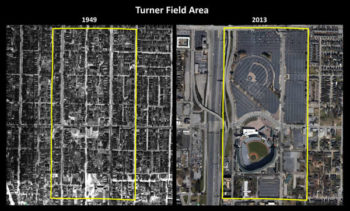
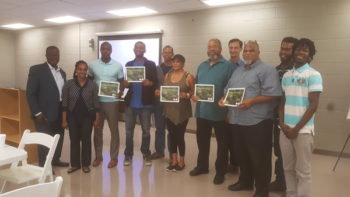
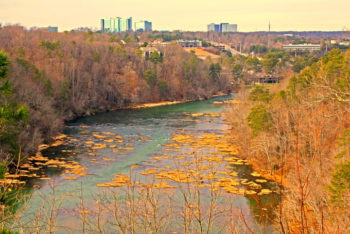
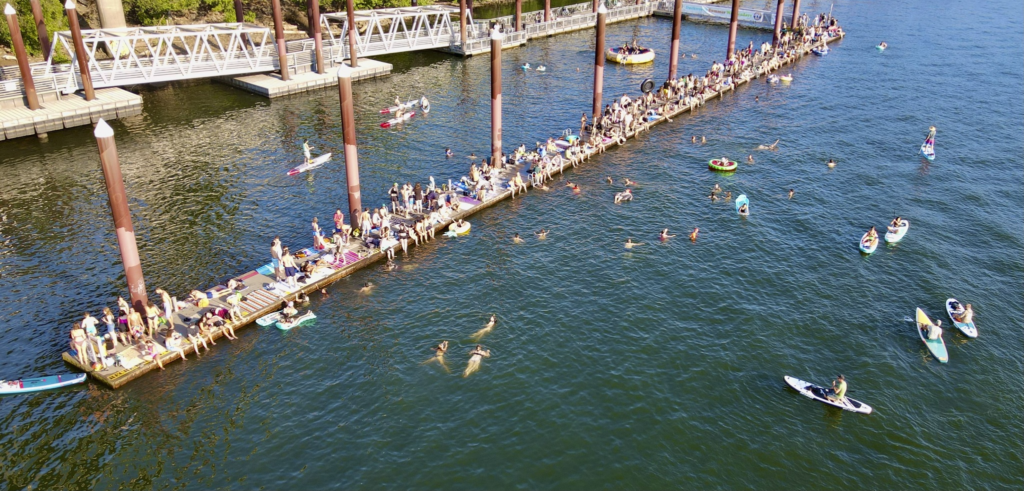

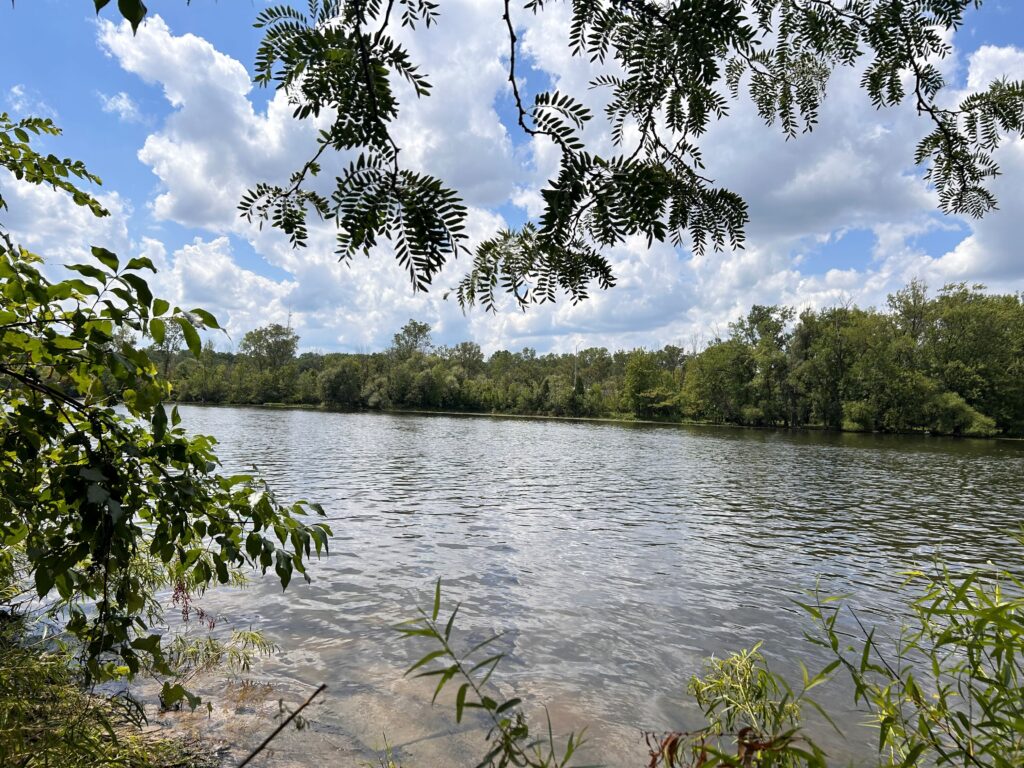

2 responses to “Resilience: It’s Not Just for Rivers”
Explained about rivers clearly but due to increasing pollution, we have taken a strong stand publically to safe the beauty of rivers.
Are you agree?
Amazing, Just Amazing!
Great Effort